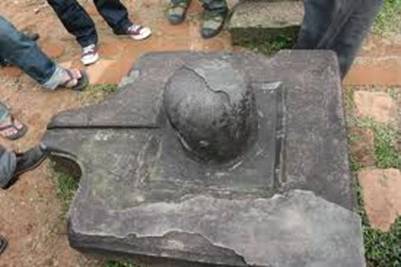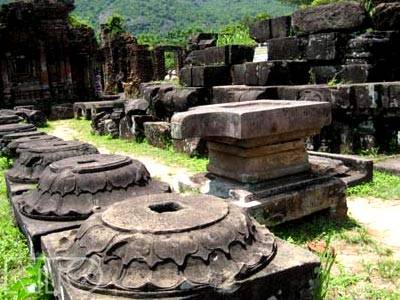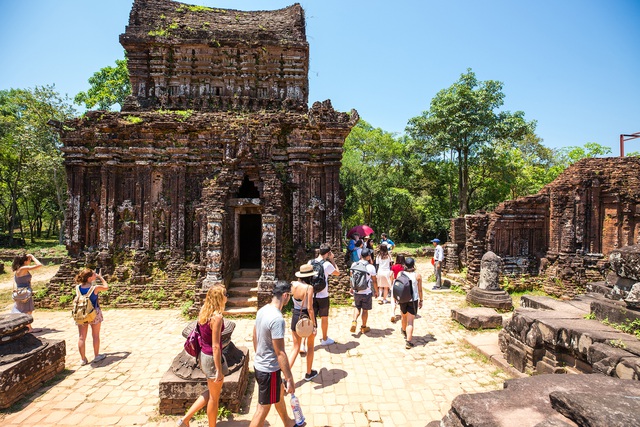My Son Temple Tower was recognized by Unesco as a world cultural heritage in 1999.
My Son is located in Duy Phu commune, Duy Xuyen district, Quang Nam province, about 70 km south of Da Nang city. My Son temple complex is located in a valley with a diameter of about 2 km.
My Son is the Hindu Holy Land of the Champa Kingdom. Every King, after ascending the throne, went to My Son to perform a cleansing ceremony, offer offerings, and build a temple. My Son is a temple area. The process of continuous development from the 7th to the 13th century.

In the early 7th century, King Sambhuvarman built the temple with very durable materials that still exist today. Subsequent kings repaired old temples and towers and built new temples and towers to offer to their Gods. The main temples in My Son worship a Linga set or an image of Shiva, the protector of the Champa Kings. The God worshiped in My Son is Bhadresvara, the king who founded the first king line of the Amaravati region at the end of the 4th century, combined with the name Shiva, becoming the main religion to worship the God, king and royal ancestors.
In 1885, My Son relics were discovered by the French. In 1898 – 1899, two French researchers, L.Finot, L.de Laionquiere and architect and coorhojc H.Parmentier, came to My Son to research. By 1903 – 1904, the most basic documents on inscriptions and My Son architectural art were officially published by L.Finot.


My Son Temple Tower is divided into many clusters, each cluster structure includes a main temple (Kalan) surrounded by small towers or auxiliary works. The main temple symbolizes Mount Meru, the center of the universe, the gathering place of gods and worship of Shiva. Sub-temples and sub-temples worship the gods who guard the direction of the sky. There are also auxiliary structures that are towers often with tiled roofs, where pilgrims make offerings and store offerings. Cham temples do not have windows, only auxiliary towers have windows. Cham temples and towers were built of bricks, combined with decorative panels of sandstone, they were tightly packed together and today the adhesive has not been identified. After the tower walls were built, sculptors began carving flowers, human figures, animal figures, etc. on the tower.

Among the 225 Cham relics discovered in Vietnam, My Son alone has about 70 temples and towers, and 32 inscriptions exist in one form or another. Although none of the temples and towers here are intact, they are still the best bases and documents to learn about the development process of Cham art. Champa sculpture art is deeply influenced by India, but in the process of development, the indigenous character becomes increasingly bold and the national character is increasingly affirmed, creating uniqueness and magical appeal. Hard sculpture with images of monks and dancing girls: stoic and sensual, highlighted by the intense vitality of people with a rich inner soul, sometimes calm, worried, tormented and sometimes happy and flying. scholarship…
